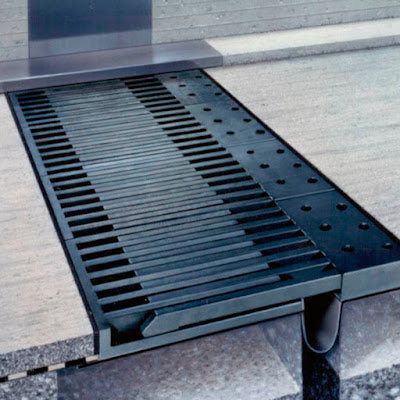Expansion joints are an important component of bridges. The expansion joints are installed in bridges to accommodate the elongation and shortening of the structure due to various causes such as temperature changes. The increase of ambient temperature will increase the bridge deck length. In this case, the expansion joint will absorb the movement of the deck. But if there is no expansion joint, the elongation of the bridge deck will exert high stress on the bridge support and bridge deck, which can result in cracks in concrete and affecting structure integrity. There are various types of expansion joints. The selection of expansion joint will mainly depend on the anticipated movement of the deck. Finger expansion joints can accommodate large movements up to 1000 mm.
Figure 1
The finger expansion joint is composed of the finger's plate, waterproofing membrane, and anchors. The waterproofing membrane will form a channel to drain the water away from the bridge structure. Fingers plate will rest on the bridge deck and behave statically as a simply supported beam. The movement of the deck will cause the movement of fingers. The increase of deck length due to any reason will cause the finger to move inwards, and the gap between finger plates will decrease. On the other hand, the shortening of the bridge deck will cause the fingers to move outwards, and the gape will increase.
Figure 2
Figure 2
Finger-type expansion joints can be either modular sections or continuous sections. Finger expansion joint can accommodate heavy traffic flow, and it can accommodate horizontal and vertical movements and rotation. The life span of the finger expansion joint can be up to 40 years.
Figure 3
The finger joint is installed above the movement gape. A sufficient reinforcement will be added around the anchor loops, then the concrete will be casted around the expansion joint from both sides. It is very important to ensure that the expansion joint's range of movement matches the structure's anticipated movement. Also, we should ensure that the level of the expansion joint is matching the finish road level. Any discrepancy between the level of expansion joint and the road level will cause inconvenience for the road users.


















Comments
Post a Comment